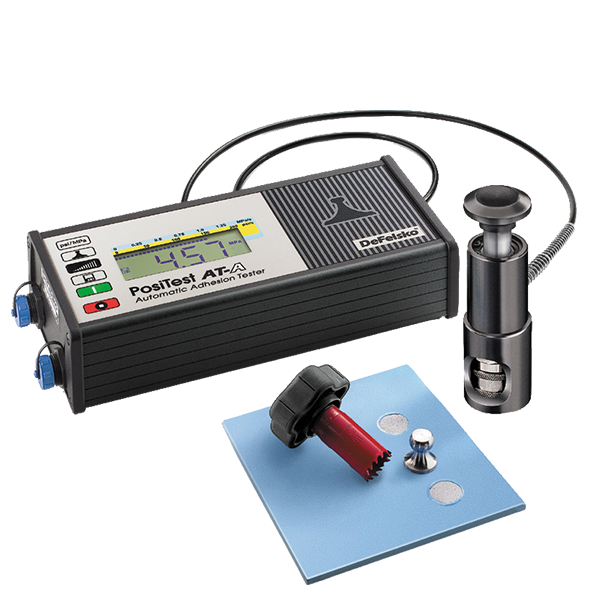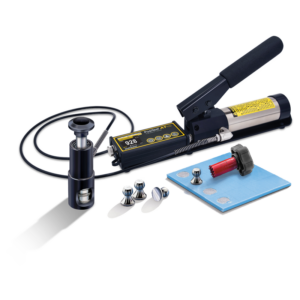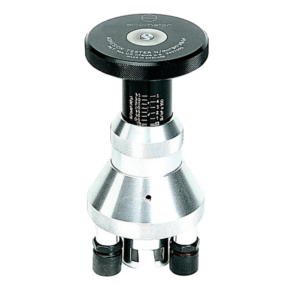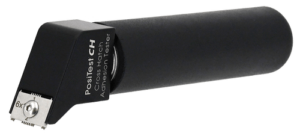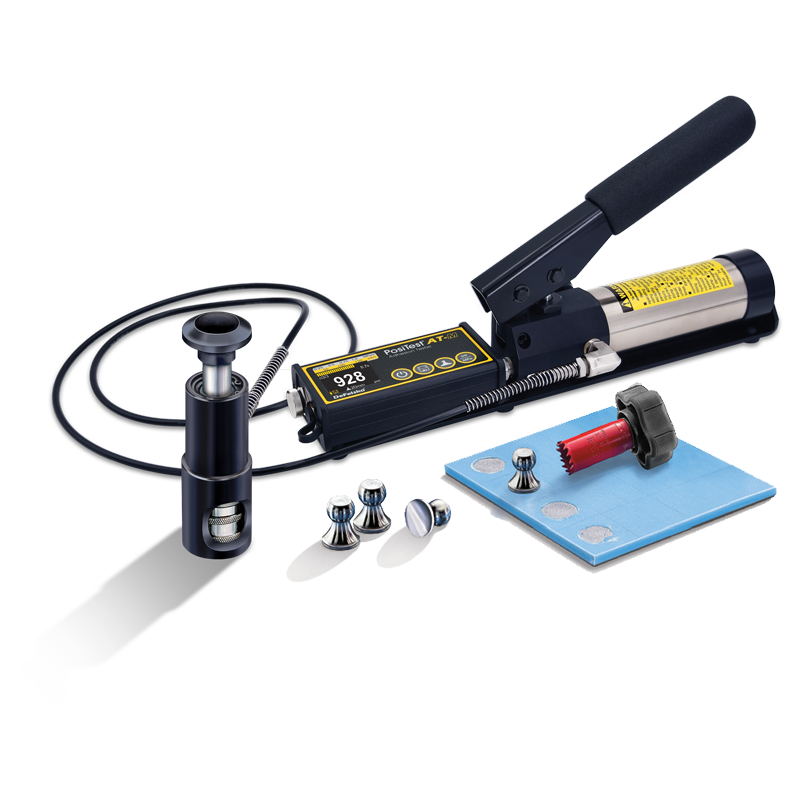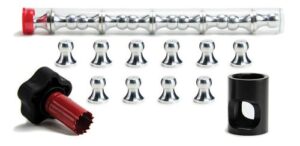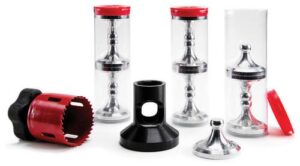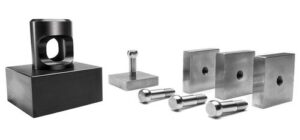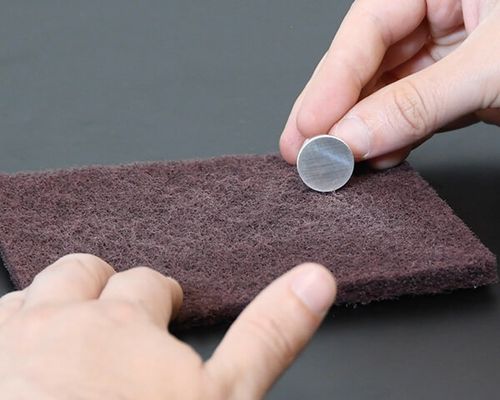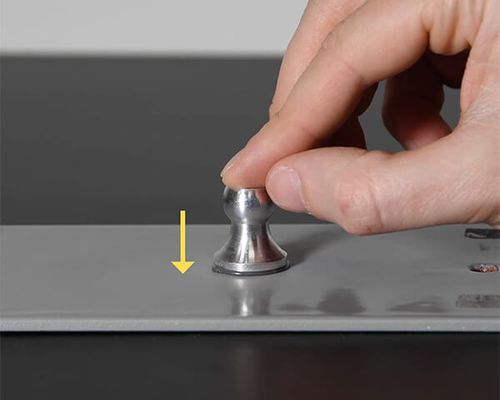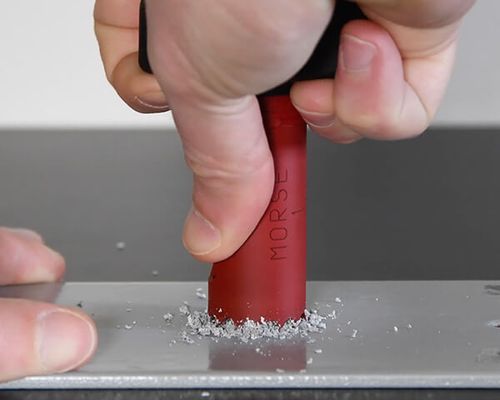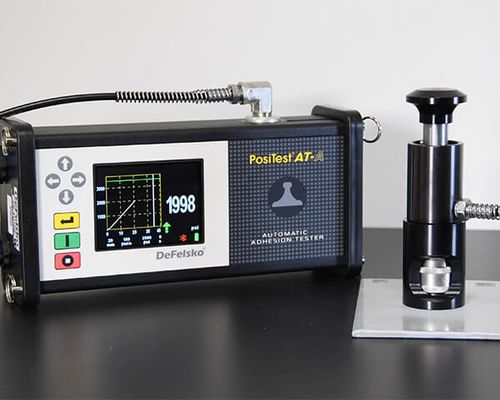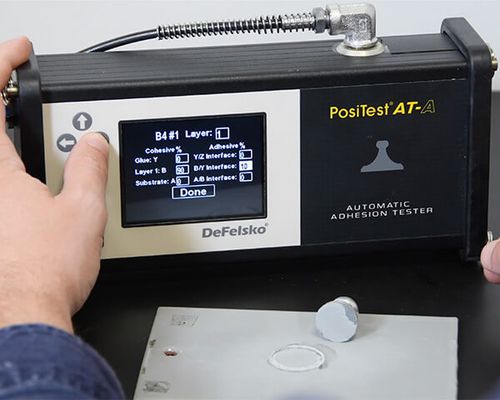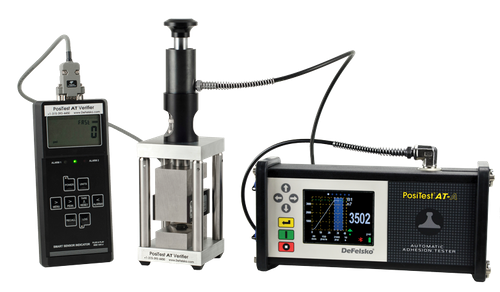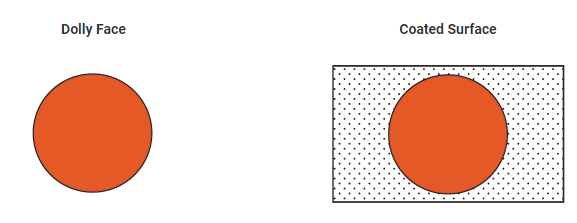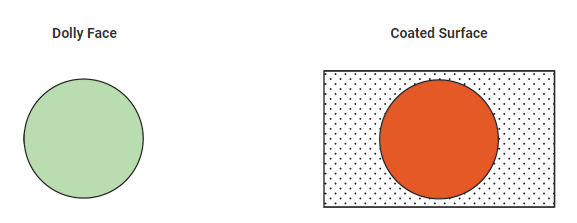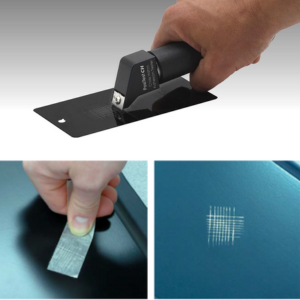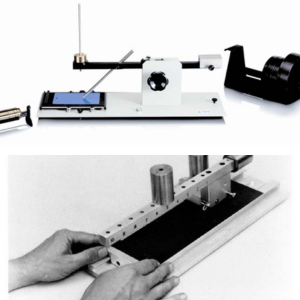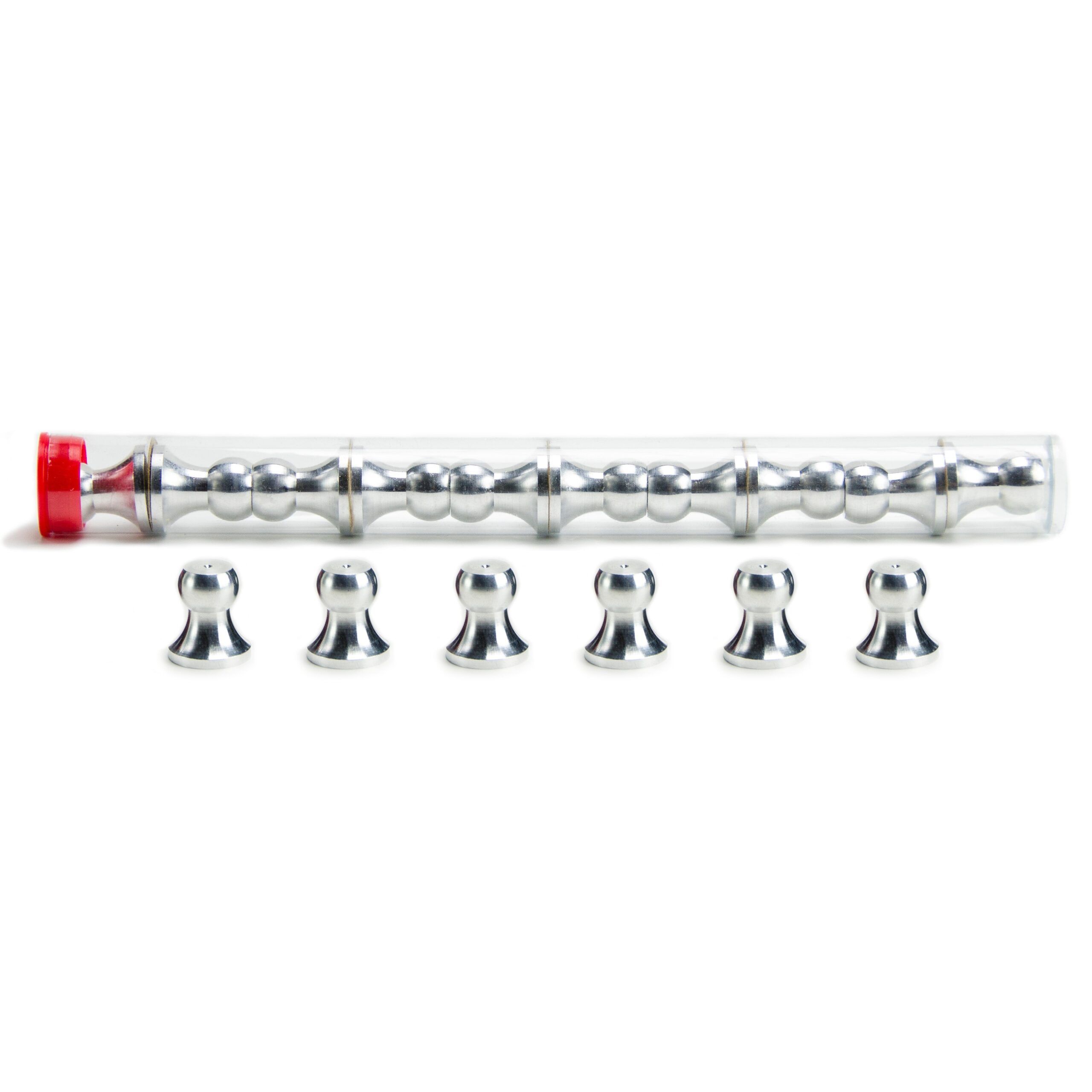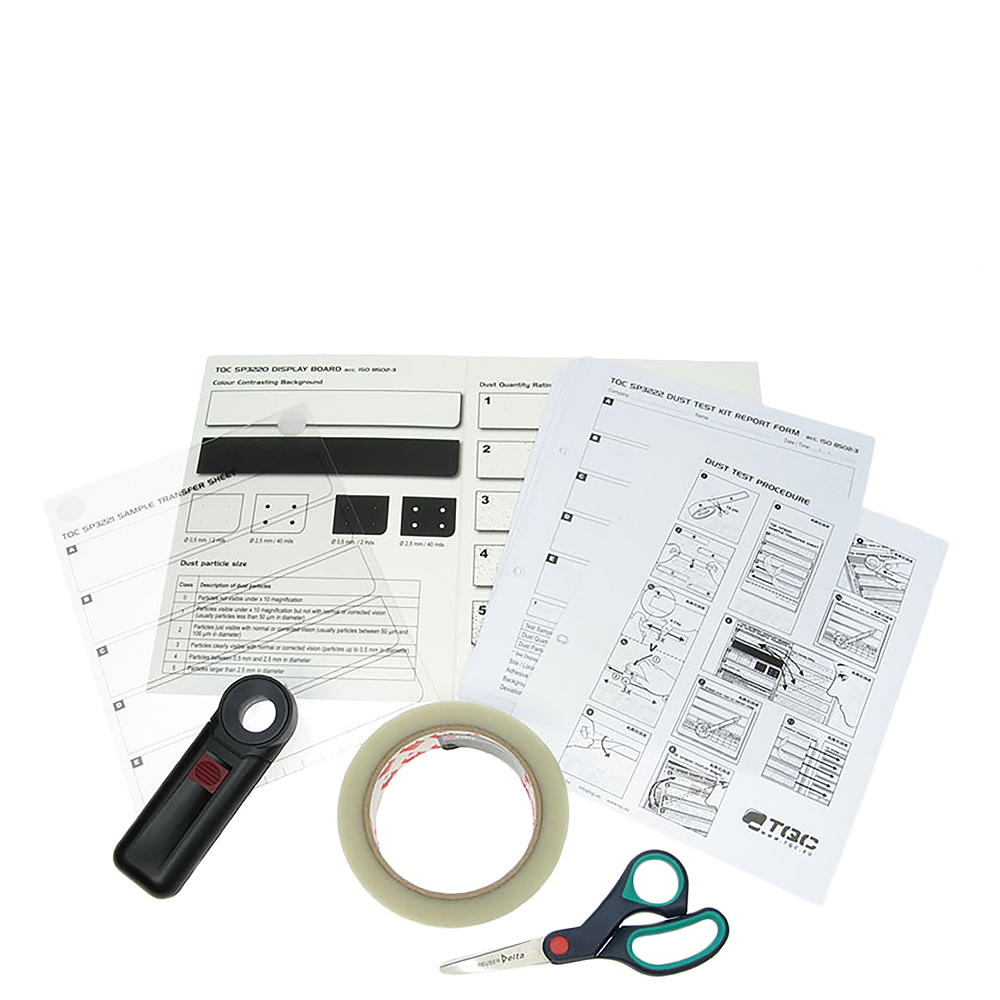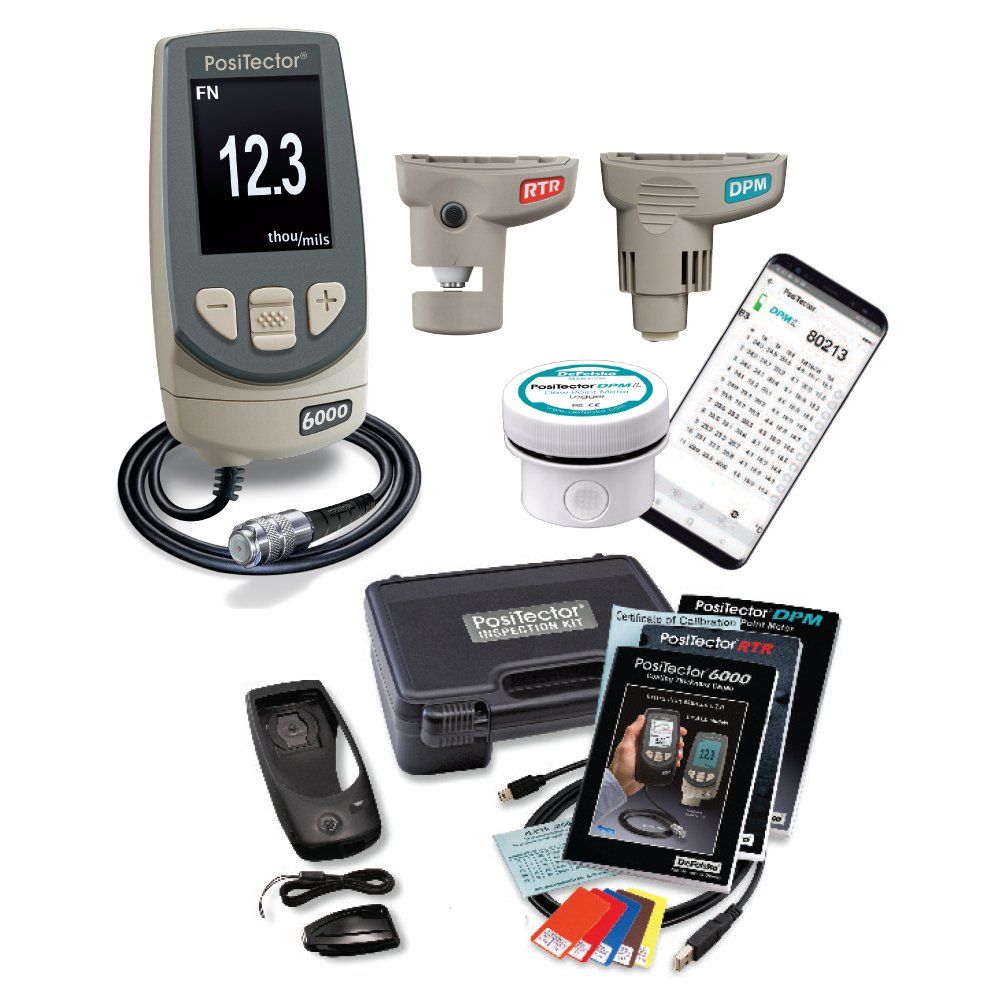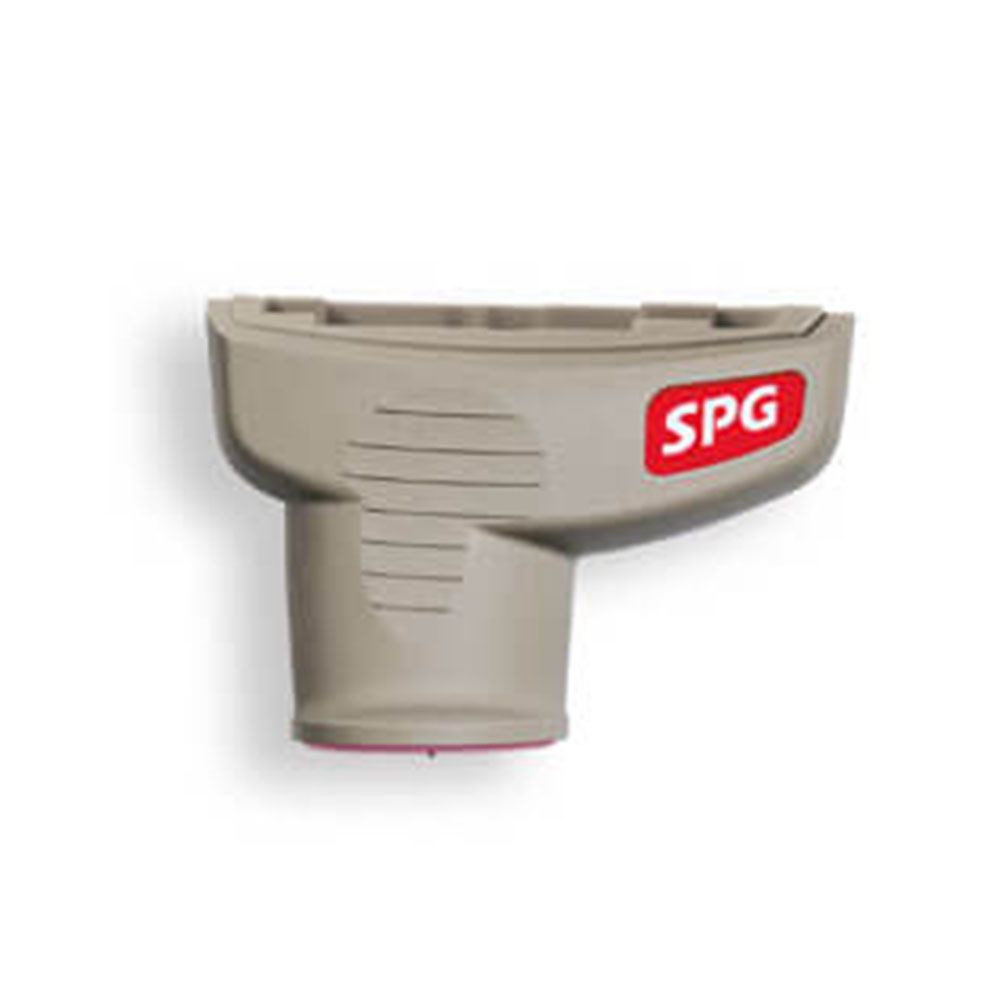There are many other adhesion tests. Some of these involve the use of tensile test machines with paint applied to the substrate with a textile strip embedded in the paint (the tensile machine pulls substrate and cloth) or have the paint applied between two sheets of the substrate (tensile machine pulls on both substrate pieces).
ASTM D2370 describes one such test of elongation, tensile strength, and stiffness of organic films when tested as free films.
Organic coating adhesion to plastic substrates by mounting an aluminum stud and removing it with a tensile tester is covered in ASTM D5179.
ASTM D4145 describes a bending test for determining flexibility and adhesion of coatings on prepainted metallic substrates. These organic coatings are subjected to stresses when fabricated into products by roll forming, brake bending, or other deformation processes.
ASTM D4149 describes the formability and adhesion testing of factory applied zinc-rich primer/chromate complex coatings on steel. In this test, a coated specimen is biaxially stretched a given distance in an appropriate machine, adhesive tape is applied to the deformed area (dome) and then pulled off, and the amount of coating removed is compared with a photographic standard to determine the coating adhesion rating.
Adhesion is also a measurable result of some hardness tests made by pencil hardness, gravelometer, impact (falling dart, etc.), or mandrel bend. Coating chip-off should be recorded during these tests.
 My Account
My Account

